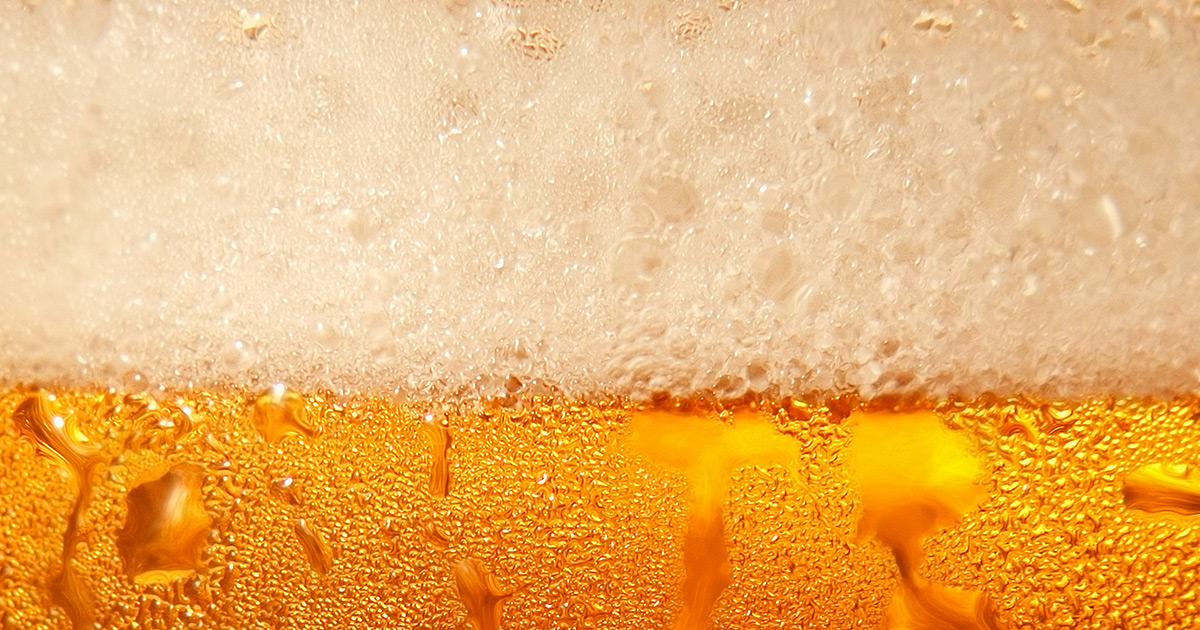How Important Is It for Your Beer to Have Good Foam?
Whether you’re pouring your favorite beer or trying a new one, the first thing you look for is that frothy foam. But, what many people don’t think about is what makes the foam creamy or bubbly. Surprisingly, it’s the type of gas used in the brewing process. And believe it or not, the foam on your beer can make or break your brand.
So, how do you make good quality foam?
Making great foam doesn’t happen overnight. There’s a science to it and a few important factors to master:
- Carbonation level
- Protein content
- Metal content
- Isoalpha acid concentration
As we mentioned in a recent newsletter, there are standard quality control parameters for measuring these factors to ensure the best result: a stable head of foam after a beer is poured, and the way the foam adheres to the glass as the foam collapses.
Creamy vs. Bubbly
The jury is out as to whether creamy or bubbly is more popular, but the reality is there’s a real appeal to having good beer foam after the pour. And if you think looks don’t matter, think again. Consumers look at beer foam as a measure of quality, not just good looks.
As mentioned earlier (and as hard as it may be to believe), the type of gas used in the brewing process determines whether foam will be creamy or bubbly. Ales, for example, are known for their creamy foam, whereas lagers have a more crisp, bubbly foam. To get a creamy foam, brewers will use nitrogen; or, for bigger bubbles, they will use carbon dioxide.
The Proof is in the Pour
The visual beauty of a beer is in its foam, so knowing the right way to pour it will not only give you a picture-perfect pour but the best head of foam possible. First, you’ll want to start either with a pint glass or a glass that is designed with sloped sides. There are differing opinions on whether you should tip your glass when you pour, or pour the beer straight down into the glass. The result is really in whether you want the foam to gradually form or kick up at the top. If you’re one to drink your beer out of a bottle or can, then you’re really missing out on the experience. Take the extra step and pour yourself a glass.
Clean your glass
Residual oils can affect the stability of beer foam. Make sure your glass is clean and free from oils. Beer foam tends to dissipate quickly when it comes in contact with oils. (Ladies, lose the lip gloss.) And for a frothy beer head, be sure your glass is dry. A damp glass will produce less foam.
If you’ve taken beer foam for granted in the past, we hope we’ve shed some light on the subject and tapped your curiosity. Read more about the science behind beer foam. Your next sip will mean so much more!

